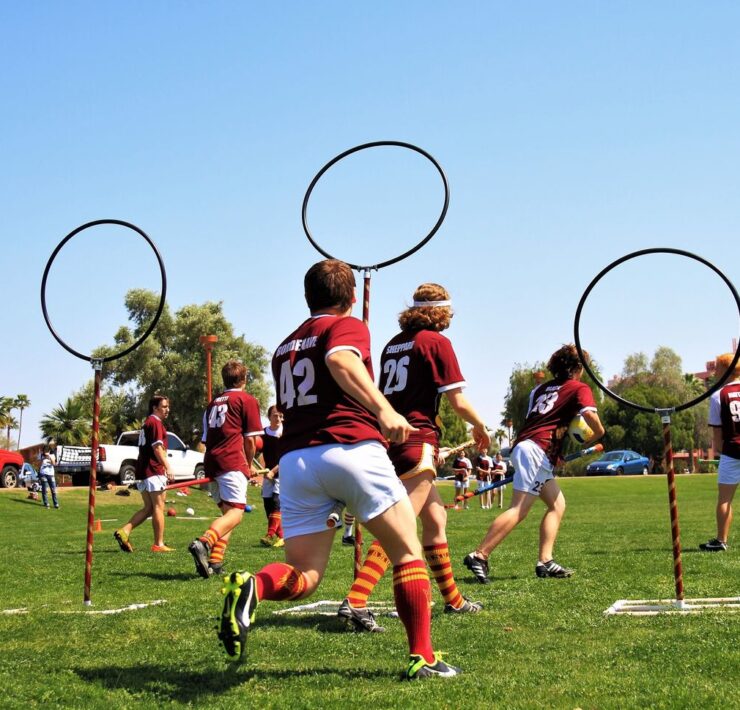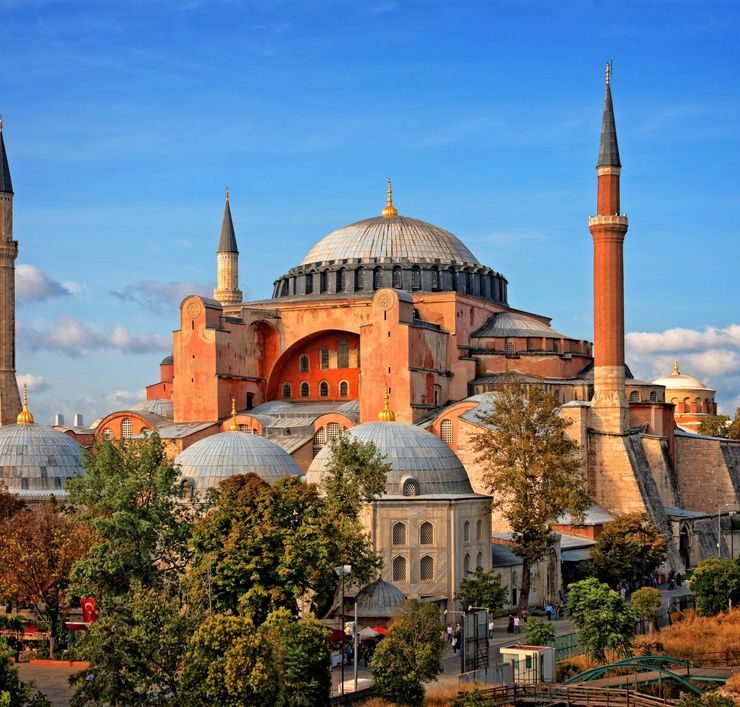You might have already known about Japan’s odd way of promoting tourism with events that became buzz-worthy in the world of internet such as the Pikachu Outbreak Festival that drawn crowds in Hokkaido.
But using cuddly and colorful mascots for tourism isn’t a fresh promotional idea that just recently brought up by the Japanese. They’ve been creating fun and unique-looking characters since the 2000s and their numbers seem to continue increasing until now.
The Japanese mascot characters are known as “yuru-chara” as declared by the illustrator and cultural critic Jun Miura. They could remind you of those mascots you see dancing for sports teams, but they’re more than that. Most of them are created to promote cities, towns, regions, events, organizations, businesses, airports, and even prisons. Their strange yet kawaii looks, created by bringing together motifs representing the culture, history, or produce of a certain place, make each yuru-chara remarkable to those who’d see them.
Yuru-chara characters are required (stated by Jun Miura) to possess the following qualities: a costume, a strong message of love for one’s hometown or local region, unique or awkward movements or behavior, and unsophisticated or laid-back but lovable look. They are often designed by amateur artists and their flawed looks surprisingly add to their appeal while setting them apart from the famous cute Japanese characters like Hello Kitty and Pikachu.
Japan has an online database called Gotochi-chara Catalogue where you can see the list and information about the local characters from the already recognized to the newly submitted from random users. So far, there are 3,335 characters registered in the website.
As the number of yuru-chara mascots continue to rise, Japan’s Finance Ministry had to order authorities nationwide to cut back on the use of mascots or combine the existing mascots of one area into one as most existing mascots didn’t promote tourism and were a waste of taxpayer’s money.
Wanna know more about about Japan’s yuru-chara? Here are some of the well-known cute mascots of the country:
Kumamon
The famous Kumamon is a mischievous bear cub mascot of Kumamoto City in the island of Kyushu.
Shimanekko
Shimanekko is Shimane Prefecture’s tourism cat that you can easily recognize when you see the roof of Izumo Taisha Shrine on its head.
Domo-kun
You’ve probably already seen Domo-kun, one of the long-famous mascots representing NHK World who also did overseas campaigns.
Barysan
Ehime Prefecture’s Imabari City is known for their yakitori (grilled chicken on skewers), senzanki (soy-marinated deep-fried chicken, and grilled chicken skin, so why not make up a chicken mascot with a crown named Barysan?
Funassyi
Funassyi is a genderless pear who represents Chiba’s Funabashi City, well-known for their delicious pears which grow and sold in variety starting usually in mid-August. Unlike most of of the yuru-chara characters who don’t speak, Funassyi can talk for himself. He also shrieks, jumps, dances, and likes headbanging.
Choruru
Choruru’s name came from the word “Choru” which is Yamaguchi Prefecture’s dialect. He features a green antennae representing the word “yama” (山) and a face representing the word “guchi” (口) , both in kanji characters.
Gunma-chan
A pony walking on its hind legs, Gunma-chan has been technically around since 1983 as a mascot for the 38th National Athletic Festival in Gunma, first known as a four-legged, blue-maned horse named Yuuma. Gunma-chan took over advertising duties in 2008 for Gunma Prefecture.
Sanomaru
Sanomaru wears a samurai garb and a bowl of ramen on its head, both representing what the castle town of Sano City is known for.
Fukka-chan
Fukka-chan represents the city of Fukaya, Saitama Prefecture which is the leading producer of leeks in Japan.
Shusse Daimyo Ieyasu-kun
Shusse Daimyo Ieyasu-kun, the deputy mayor of Hamamatsu, is the mascot character of Hamamatsu City in Shizuoka Prefecture where you’ll find the Tokugawa Castle. He wears a keyboard robe to represent the city’s role as an instrument producer, and an eel on his head to represent the city’s eels sourced from Lake Hamana.
Ayu-Koro-chan
Ayu-Koro-chan represents Kanagawa’s Atsugi City, famous for hot springs, ayu fish, and pork.
Takinomichi Yuzuru
Takinomichi Yuzuru is the mascot of Minoh City, Osaka Prefecture representing the city’s plentiful production of the sour citrus fruit, yuzu.
Melon Bear
Sorry to shock you after all the kawaii-ness but Melon Bear is still a yuru-chara. Melon Bear is the mascot of Yubari City in Hokkaido known for their delicious melons.
Hikonyan
Hikone City in Shiga Prefecture has Hikonyan, a cat wearing a red samurai helmet with horns, who appears and performs everyday in the city’s Hikone Castle.
Okazaemon
If Melon Bear looks like he’s going to chase you to death, Okazaemon might freak you out with his piercing stares. No one might know why a design like this was chosen but all we know is the word “oka” (岡) in kanji is written on his face, same for the word “saki” (崎) on his chest. Combine these words and you’ll have Okazaki, the city in Aichi Prefecture this mascot represents.
Sento-kun
There are even more not-so-cute yuru-chara characters that became famous and drawn more tourists to the cities they represent and one of them is Sento-kun, the half-deer half-Buddha character of Nara. Nara is a UNESCO World Heritage Site boasting some of the finest ancient temples in Japan.
Unari-kun
The mascot of Narita city is Unari-kun, an airplane crossed with an eel, inspired by Narita International Airport and their local food unagi (grilled eel).
Lerch-san
He doesn’t look Japanese at all but Lerch-san was inspired by the Austro-Hungarian Army officer Theodore Edler von Lerch who made history in Japan by holding the first ski lesson by swooping down Mt. Kanaya in Niigata without falling. Now, Lerch-san promotes skiing in Niigata prefecture.
Do these yuru-chara mascots make you wanna go around Japan?
When On Earth Magazine is for people who love travel. We provide informative travel guides, tips, ideas and advice regarding places to see, things to do, what to taste, and much more for world travelers seeking their next dream vacation destination.





